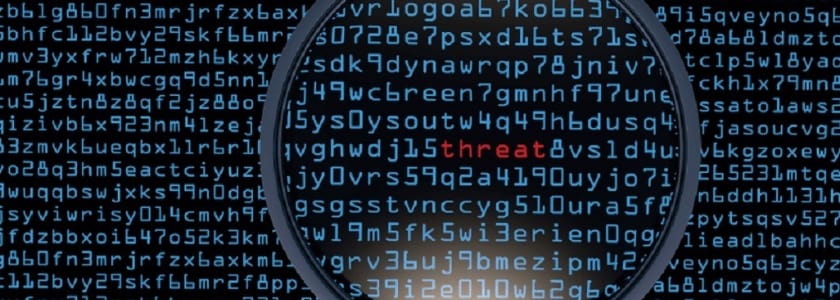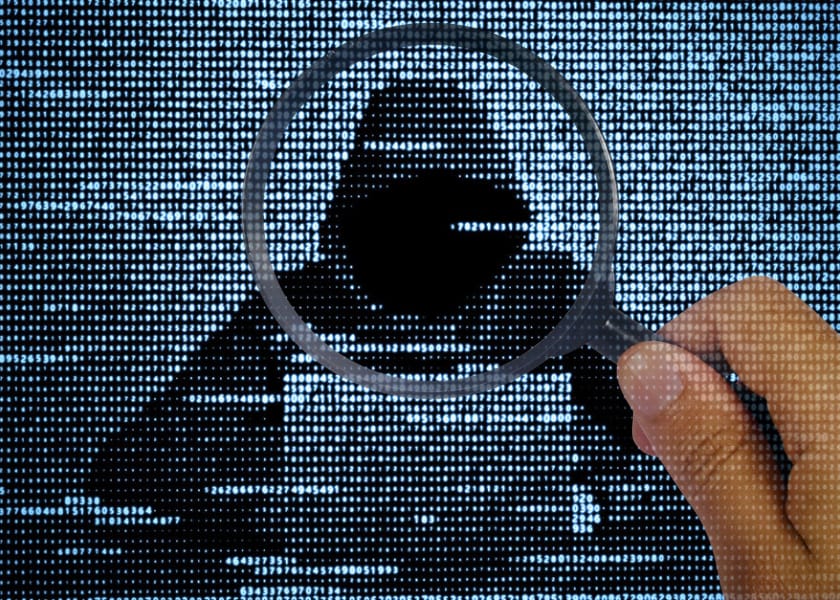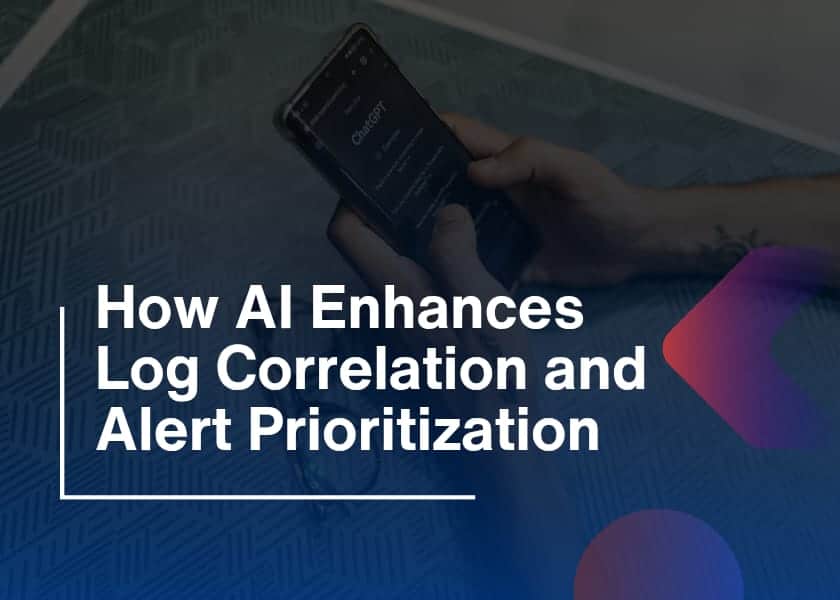How secure is your network? If you’re like many organizations, you might think you have things under control. Firewalls? In place. Antivirus? Updated. SIEM? Monitoring away. But what if the threats have evolved beyond what these tools can detect? That’s where threat hunting with NDR technologies comes into play.
This isn’t just about collecting data; it’s about actively tracking, identifying, and stopping cyber threats before they cause damage. In this blog, we’ll explore how real-time threat hunting with NDR technologies can change your cybersecurity strategy—and maybe even save your organization from its next big breach.
Why Threat hunting with NDR technologies Matters?
How many alerts do your security tools send in a day? Hundreds? Thousands? How many are worth investigating? Most traditional systems rely on known attack signatures or pre-configured rules. That means they’ll catch the threats that have been seen before, but what about the unknown?
That’s the problem. However, threat actors have learned how to stay below the radar. They use compromised credentials, live off the land techniques, and operate quietly for weeks or even months.
That’s why threat hunting with NDR technologies matters. It flips the script. Instead of waiting for alerts to trigger, your security team becomes proactive. Thus, actively searching for unusual behavior and anomalies across your entire network.
What is NDR Anyway?
Network Detection and Response (NDR) is a category of cybersecurity tools that monitors all network traffic—north-south (in and out of the network) and east-west (internal lateral movement). Unlike endpoint or log-based solutions, NDR captures the raw data flowing through your systems. Then, uses machine learning, AI, and behavioral analytics to detect threats.
Thus, threat hunting with NDR technologies allows organizations to identify zero-day attacks, insider threats, misconfigurations, and lateral movement.
Why Real-Time Threat Hunting Is Important?
The average time to detect a breach is over 200 days. So, that’s a long time for an attacker to move around, steal data, and plant backdoors. Threat hunting with NDR technologies drastically reduces that window. It spots abnormal behavior as it happens, not after logs are reviewed or an alert is triggered.
Here’s how:
- First, analyzing live traffic
- Flagging abnormal patterns
- Moreover, providing immediate context.
- Triggering automated or manual responses
The result? Faster detection, quicker containment, and less damage.
Hunting Threats Through Behavior, Not Just Signatures
Alternatively, an attacker might log in legally and only start taking information out over many weeks. Can your antivirus protect your system from them? Is the activity something your firewall will stop?
Probably not. Yet, using NDR technologies for threat hunting results in successful risk reduction. It is effective at finding differences because it can tell what is normal, something that other systems may not catch.
For example:
- A user trying to access the account from a strange area
- We often receive unexpected data transfers outside regular hours.
- A printer is starting to act as if it is connected to other servers
They all seem to be real problems. Such shifts point to the beginning of breakdowns. So, quickly finding out about these issues is always to your advantage.
Full Network Visibility With NDR Technologies
A main reason threat hunting works well with NDR solutions is that it gives us full visibility. Most of these tools take us only so far in solving the problem:
- First, logs are reviewed through SIEM platforms.
- EDRs are used to keep an eye on endpoints.
- Firewalls keep out threats from outside your system.
But NDR? It monitors whatever is passing through your system, often without anyone else’s attention.
This is necessary as the vast majority of cyberattacks aren’t caused by malware. Instead, attackers spread into other parts of the network, use helpful tools, and escape detection. You can also catch these movements by keeping an eye on all aspects of your network.
Real Life Example of Threat Hunting
An employee gets upset and starts transferring confidential documents at night. The activity can avoid antivirus. But nothing looks out of place to the firewall. The logs also don’t seem suspicious.
However, using an NDR solution, you find that access logs are changing, and you see unusual activity, including uncommon access times. Moreover, you also observe the requests for strange data and communication with unfamiliar IPs.
Shortly after the event is detected, the security team learns about it, investigates, and closes the exfiltration channel before there is serious harm. So, this is what threat hunting looks like using NDR tools.

NDR with Automation
The best NDR tools don’t just detect, but they also respond. So, through integration with SOAR (Security Orchestration, Automation, and Response) systems, your team can:
- Automatically isolate affected devices
- Moreover, trigger notifications and tickets
- Run custom playbooks
- Further, generate detailed forensic reports.
Thus, this automation means that your team can go from detection to action in seconds, not hours.
How NDR Enhances Compliance and Governance
Consider the compliance benefits of threat hunting with NDR technologies:
- Helps meet requirements for continuous monitoring and threat detection
- Provides audit trails for incident response
- Moreover, assists in reporting for GDPR, HIPAA, PCI-DSS, and other frameworks
- Offers insights into data flow and sensitive information usage
Hence, by tracking everything in real time, you’re always a step ahead when it comes to governance and regulatory standards.
Zero Trust Starts with NDR
Everyone’s talking about Zero Trust these days—but how do you implement it? One answer: threat hunting with NDR technologies.
Zero Trust means “never trust, always verify.” So, that verification must extend beyond login screens and into ongoing behavior monitoring. Moreover, NDR keeps an eye on every packet, every device, every movement, so you always know who’s doing what and whether it aligns with policy.
How to Get Started with Threat Hunting Using NDR
Ready to get started? So, here’s what to do:
- Assess your current visibility gaps: Where are attackers most likely to hide? What traffic is going unmonitored?
- Choose an NDR solution: Look for scalability, AI-driven detection, integration with your existing stack, and real-time response capabilities.
- Train your team: Moreover, give analysts the skills and playbooks to actively hunt threats using behavioral data and traffic analysis.
- Integrate with your SIEM and SOAR: Then, maximize value by connecting NDR insights with your broader security ecosystem.
- Start small but start now: Even monitoring a segment of your network can reveal surprising threats.
Final Thoughts
Are you seeing everything happening in your network, or just what your tools want you to see? Threat actors aren’t slowing down. However, they’re getting smarter, faster, and stealthier. But with threat hunting with NDR technologies, you can stay ahead. You’re not just hoping threats stay away, but you’re finding and stopping them before they succeed.





